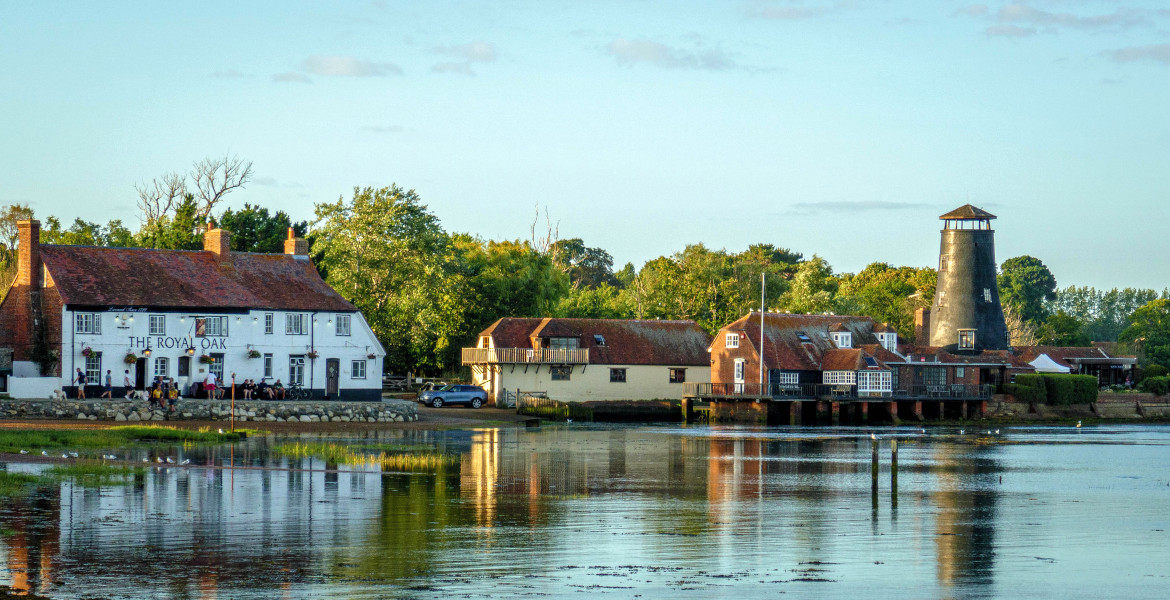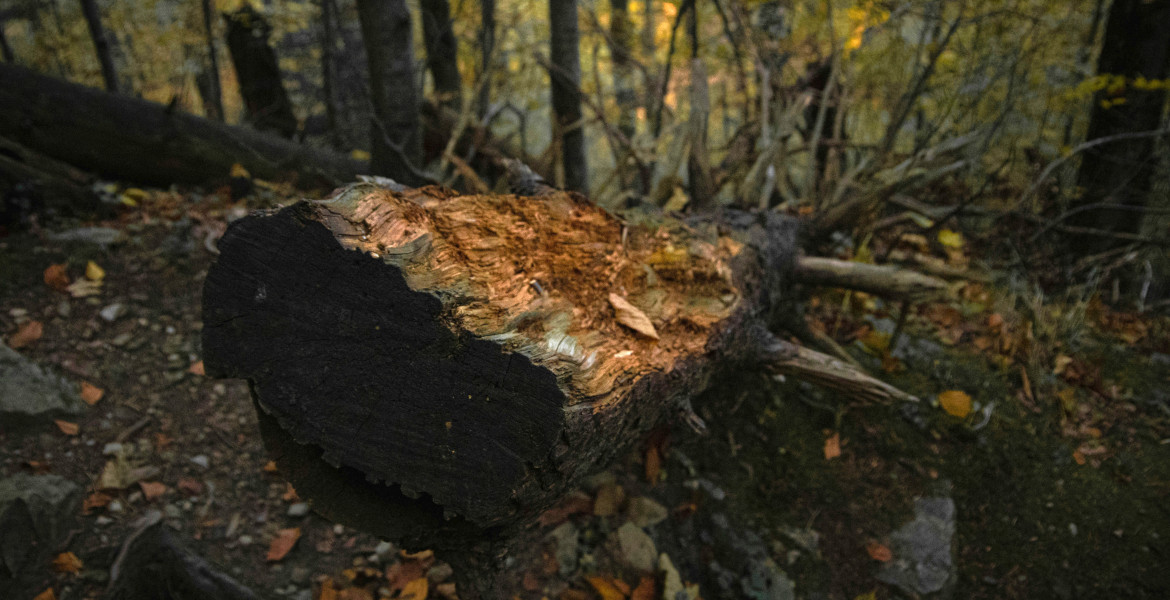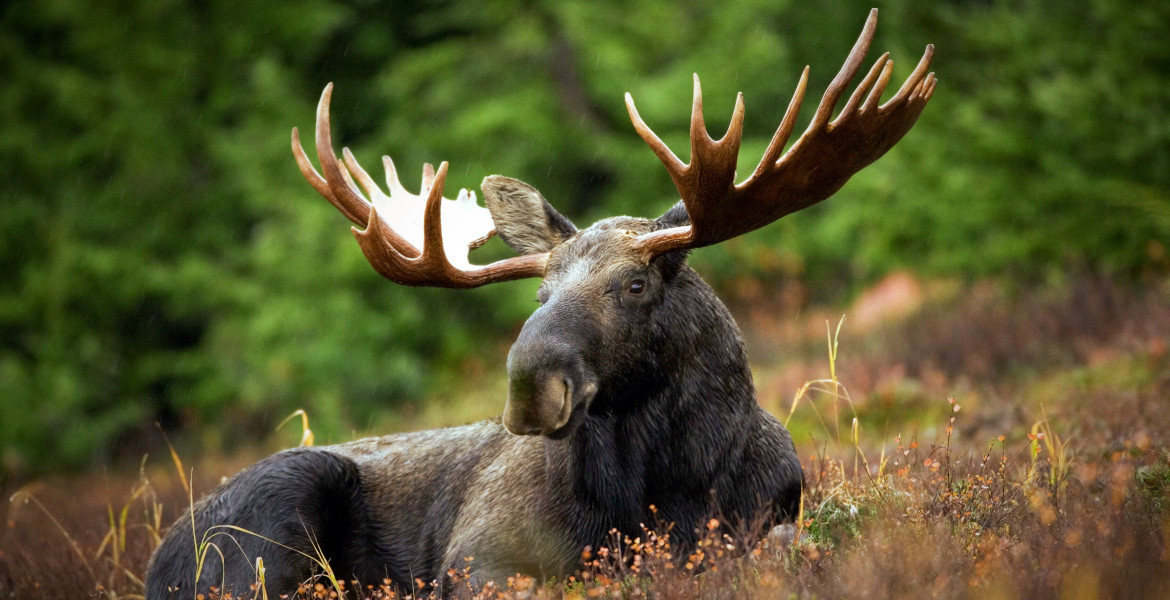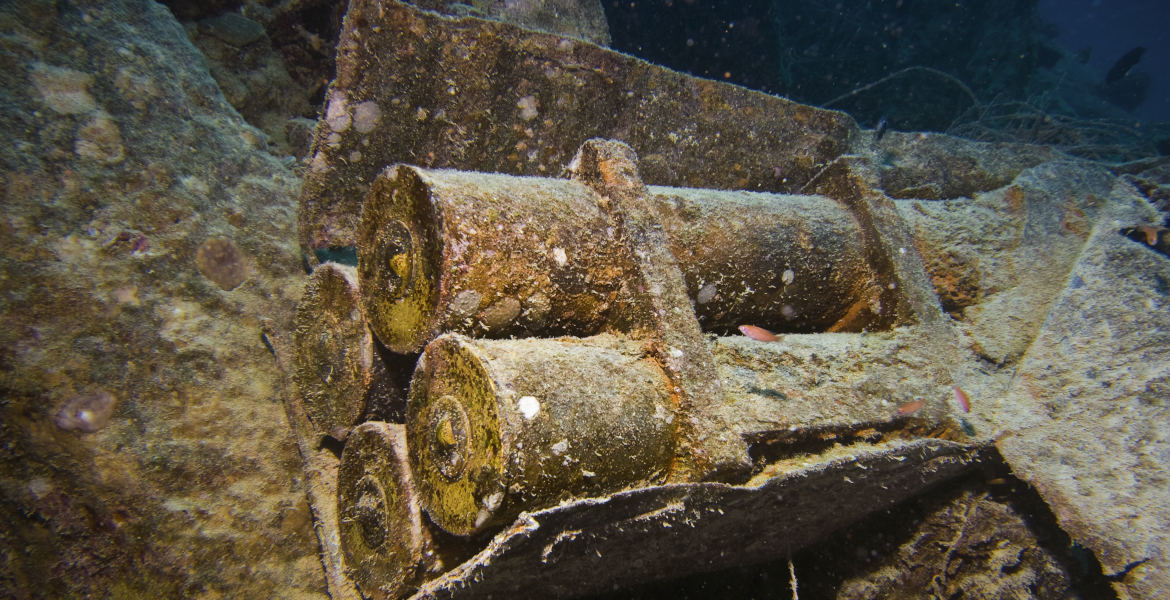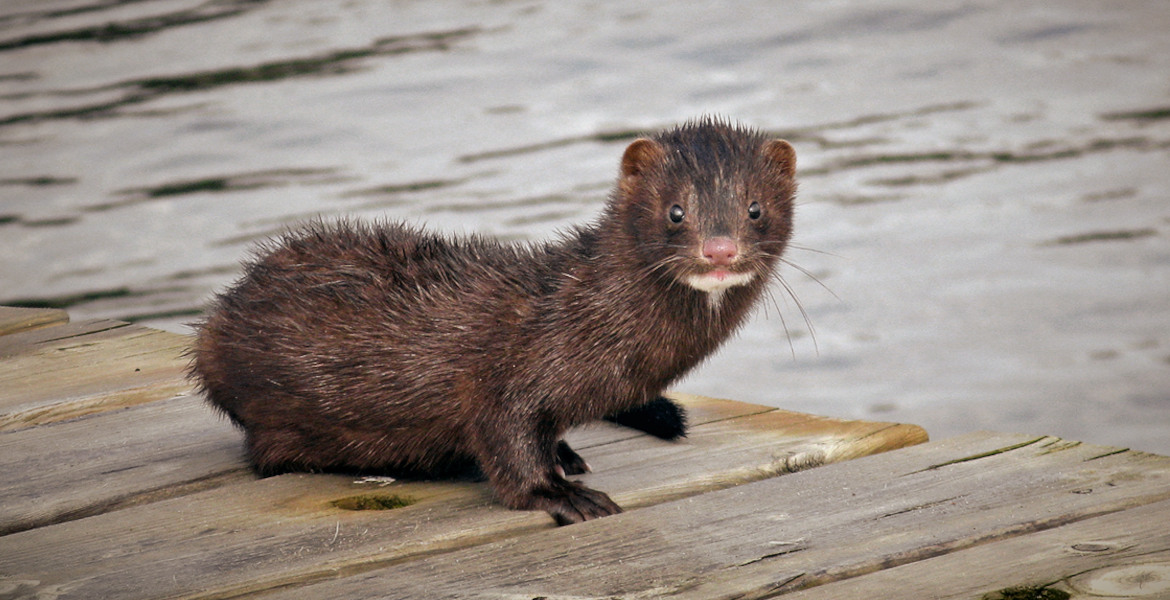Drugs, pesticides and chemicals have been found in hundreds of water samples along the English coast. E. coli bacteria have also been found in large quantities.
The study collected hundreds of water samples from the south coast of England. In more than 288 of the water samples, more than 50 substances were found in 22 locations, reports The Guardian. These included drugs such as diabetes medication, chemicals produced by the liver after taking cocaine and even banned pesticides. The study is part of an increased effort to raise awareness of coastal pollution by the Clean Harbour Partnership (CHP).
– This project is enabling us to determine what chemical contaminants are in our marine life and coastal waters, said Alex Ford, Professor at the University of Portsmouth. We have found a large variety of prescribed and illegal drugs plus a variety of pesticides in coastal waters and marine organisms, such as crabs and oysters.
Ford has previously published research showing that even very small amounts of antidepressants in water can affect crustaceans and molluscs, for example. Drugs affect the behavior and biological composition of these creatures, including by causing them to change color or reproduce differently.
– The release of human pharmaceuticals into aquatic ecosystems is an environmental problem we should consider seriously, says the professor.
The study also found that there were high levels of E. coli bacteria. For example, one water sample showed levels 760 times higher than what is considered safe under the European Bathing Water Directive.
– Thanks to funding from the community, we are starting to get an insight into the cocktail of chemicals that are contaminating our seawater and their sources, says Rob Bailey, co-founder of the CHP. Some pesticides appear to have been left behind for years and the presence of partially digested antidepressants, drugs for type 2 diabetes and urinary tract infections is worrying. So little is known about their impact on marine life.
